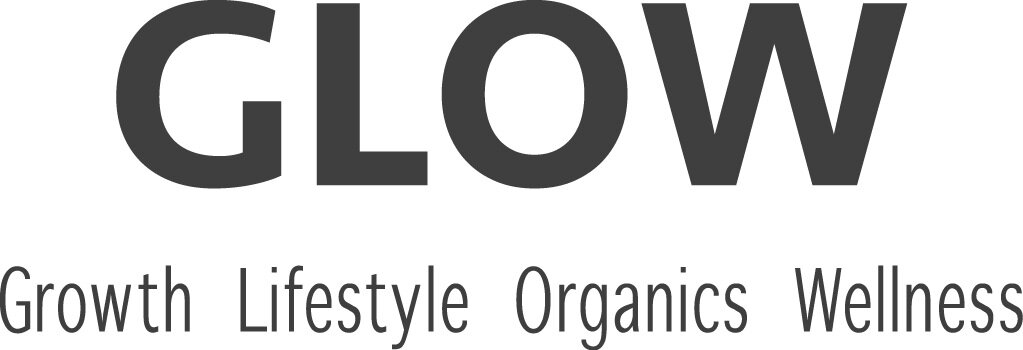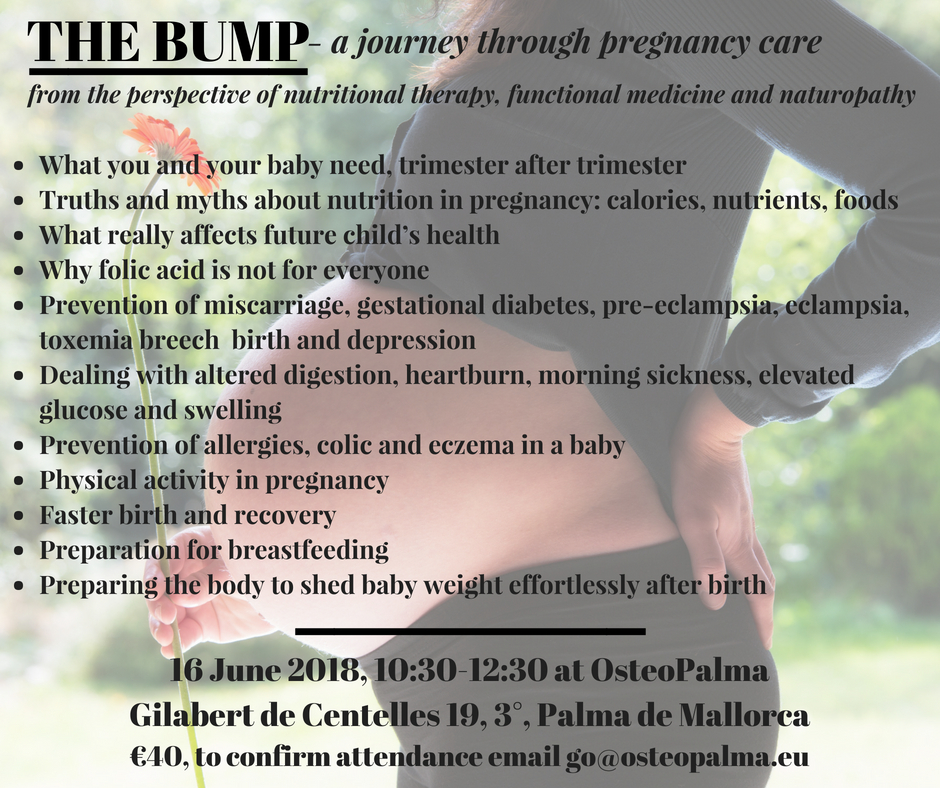The need for coffee to start the day, tea addiction, afternoon slumps, regular sugar injections in the form of baked goods, fizzy drinks or snack bars followed by more caffeine all indicate unstable energy. Such behaviours are common in various society groups like workplaces (including yachts) and families which falsely makes them ‘normal’. However, lack of energy that is not relieved without a 'booster' can be a sign of hidden dysfunctions. Due to the complexity of energy production and maintenance, fatigue requires a truly personalised approach. Some of the causes include the following:
1. Inability to extract energy from food
Energetic properties of foods are an individual matter and depend on food quality, preparation method, digestive capacity and cellular function. In order to convert food into energy, various nutrients are required, and in order to extract and utilise these nutrients, food has to be digested well. These nutrients include B vitamins, magnesium, manganese, carnitine and amino acids from protein breakdown. Interestingly, digestive issues are common in chronically fatigued people who always express symptoms of various deficiencies. The more digestive work a food requires, the less energy remains for other functions. Problems usually start with low stomach acid, leading to decreased secretions of pancreatic enzymes and bile. Consequently, protein, fats and carbs are maldigested and therefore not absorbed properly. Moreover, processed foods are devoid of nutrients which they still require to be metabolised so they are being ‘robbed’, leaving a person depleted and wrecked.
2. ‘Leaky gut’, toxins, infections and damaged mitochondria
Compromised digestion, drugs, environmental toxins, toxins released by gut microbes and chronic stress contribute to an increased intestinal permeability commonly called ‘the leaky gut’. The leaky gut is a gateway for undigested proteins and toxins to enter the blood stream and wreck havoc. These toxins can attach themselves to mitochondria, energy producing components of cells which will negatively impact energy production. In fact, toxins can attach to any tissue which is the trigger for autoimmunity, and all autoimmune conditions create fatigue. Mitochondria can also be damaged by the following:
chronic infections (e.g. yeast like candida and mould, parasites, viruses like EBV or CMV, bacteria like borrelia or strep). Chronic infections and the leaky gut always go hand in hand
oxidative stress: lack of antioxidants, high blood glucose levels
3. Blood sugar roller coaster and stress
Stimulants and processed carbohydrates cause a blood sugar spike, followed by a rapid drop. Each time blood glucose drops, stress hormones are released in order to raise blood glucose so that we can function normally. For example, a breakfast consisting of a bun and coffee or cereal with milk or just coffee will give an instant energy boost followed by a drop. Again, this drop stimulates cortisol and adrenaline to raise blood glucose to a normal level. However, when nutrient-poor dietary choices or skipped meals become a habit, one becomes resistant to stress hormones and can´t raise blood glucose any longer - sugar cravings and fatigue kick in. Therefore, relying on caffeine and processed cabrs to keep going is like whipping a dead horse.
Moreover, chronic emotional stress, chronic infections (as above) and the consequences of the leaky gut are all stressors which over-engage the adrenals in the same way, leading to fatigue.
4. Hungry brain
As a result of poor digestion and absorption or a nutrient-poor diet, the brain is missing sustainable fuel to deal with everyday tasks, not to mention stress, emotions and lack of alignment with oneself (i.e. doing anything that’s mentally draining), which can deprive the entire body of energy. The brain doesn't like blood sugar roller-coaster, and thrives on fat. But again, in order to extract the essential fatty acids and fat soluble vitamins from the ingested fat, digestion has to be optimal. The main organs responsible for proper fat breakdown are the liver, gallbladder and pancreas.
5. Underactive thyroid
The thyroid controls the speed and intensity of all bodily processes. Depending on the signals coming from the external and internal environment, the brain and adrenals signal the thyroid if it should speed things up or slow them down. Although full thyroid assessment is key when establishing the cause of fatigue, it’s usually not just the thyroid that requires support but body’s whole biochemistry, ecosystem and lifestyle influences that affected the thyroid in the first place.
6. Anaemia – it’s not just about iron
Iron, vit B12 and folate are responsible for red blood cell oxygenation and maturation. Deficiency of these nutrients results in poor oxygenation of cells, called anaemia and can stem from a poor diet, absorption issues resulting from impaired digestion, gut dysbiosis, or poor methylation.
7. Root canals
Those who have failed to improve their energy despite trying everything may want to look into removing their root canals and replacing them with zirconia bridges. I recommend working with a holistic dentist who will carry out proper preparation for the procedures and apply a detoxification programme afterwards. Root canals are a major source of toxicity which can directly impact energy production by the mitochondria - the same mechanism as in the leaky gut.
What to do?
The priority is identifying the individual cause of fatigue, addressing digestion and gut ecology. In each case however, it’s as a sign to listen to your body as it’s trying to tell you that it needs to be looked after.
1. Chronically fatigued people should focus on foods that are easy to digest: soups, stews, curries and stir fries. Fermented foods will also be easier to digest than their unfermented counterparts. Improving digestion is always my go-to strategy to lay a solid foundation of energy improvement.
2. Vegetable juice doesn’t require much digestion and provides easily absorbable nutrients, which makes it an energising food-based supplement.
3. Hot water with fresh ginger, stock, broth, miso soup and digestive enzymes taken prior to meals can help to extract more energy from food.
4. Targetted probiotic therapy will help to rebalance the gut but it's counterproductive without dietary adjustments that suit a particular individual.
5. Best to start the day with a protein and fat based breakfast like eggs and quality bacon, which will prevent from blood sugar roller coaster.
6. Sipping on mineral water with a pinch of sea or rock salt and a sqeeze of lemon juice is a fabuous drink that supports the adrenals.
8. Last but not least is lifestyle: good sleep hygiene, relationships, satisfying work, contact with nature, movement, spiritual connection.
Sleep is especially important as it helps to lower inflammation and improve stress response. However, it's not just the length of sleep but also the hours of going to bed and getting up that really matter. The later one goes to bed and gets up, the bigger the chances of lower blood pressure and poor energy throughout the day.
Starting with small steps of lifestyle changes should certainly be the first call of action before looking deeper for physiological causes.
Shorter version of the article was published in The Islander, September’18 edition














